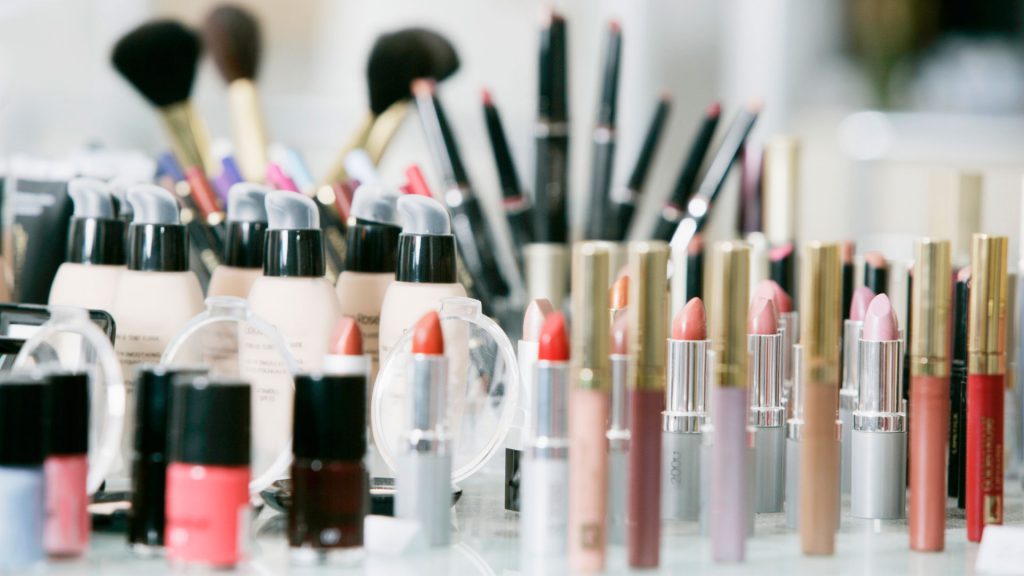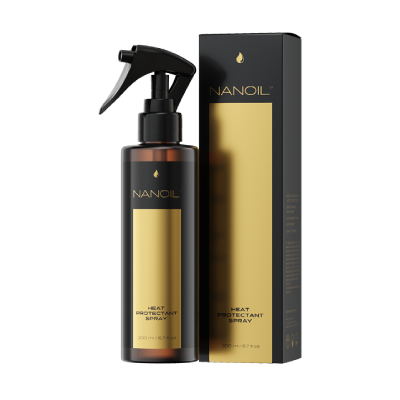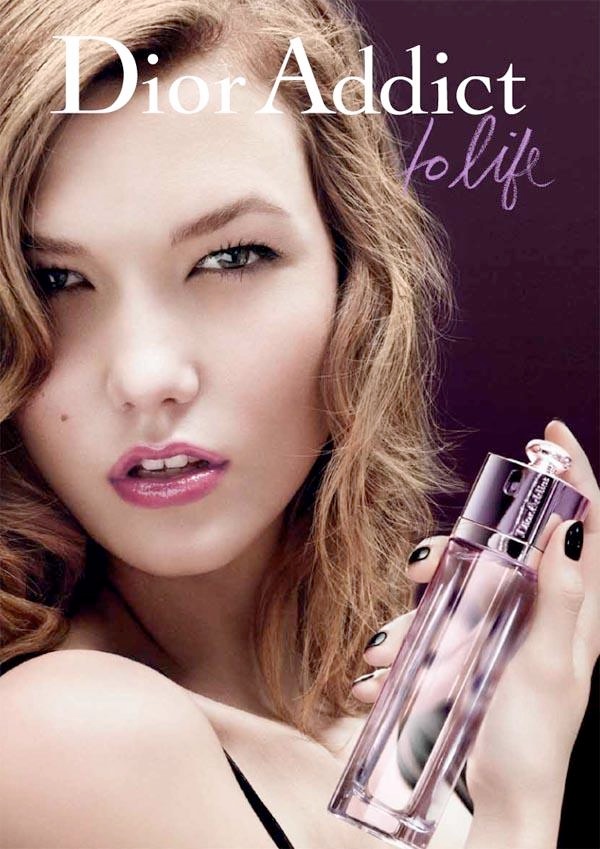You do not even realize how many comedogenic substances are in the cosmetics you use every day. It is through them that the condition of your skin worsens and imperfections appear on the face. Check which ingredients you should stop using immediately.
 What is a comedogenic substance?
What is a comedogenic substance?
A comedogenic substance is a substance through which imperfections arise. How does this happen? The sebaceous glands are blocked, and sweat, sebum, impurities, dead epidermis and remains of cosmetics with comedogenic content are found in the pores of the skin. This leads to the formation of blackheads, acne and excessive sebum secretion. The most vulnerable to the appearance of such imperfections are people with an oily complexion and a tendency to breakouts.
The comedogenic scale
Scientists have created a comedogenic scale that is simply a scale of 0 – 5 in which a given substance is rated on how likely it is to clog your pores.0 means it almost certainly won’t. 5 means it almost certainly will. A 0 – 2 rating is generally considered pretty safe.
The comedogenic substances in your cosmetics
The most commonly used comedogenic substances are:
- talc – absorbs moisture and fatty ingredients, provides a feeling of smoothness and mattifying effects. When combines with sebum and other cosmetics, it clogs skin pores and causes blemishes. It is often found in make-up products;
- paraffin – these are compounds obtained during the distillation … of crude oil. In cosmetics, they hide under such names: paraffin oil, mineral oil, petrolatum. The skin creates an impermeable barrier preventing the secretion of sebum and sweat. Paraffin contribute to the formation of acne;
- silicones – synthetic silicon derivatives used in many skincare and make-up cosmetics. Silicones smoothen the complexion and make it pleasant to the touch. Unfortunately, they are hard to wash out, they are resistant to water, they make it harder to penetrate active substances into the skin, they intensify acne lesions;
- lanolin – is obtained during the washing of sheep’s wool. It is not soluble in water and forms an impermeable occlusive layer on the skin. It can be comedogenic. It acts as an emulsifier and a softening substance in products;
- surfactants – the best known is SLS, which violates the natural lipid coat of the skin and leads to dryness and flakiness of the epidermis. Thanks to it, the cosmetic lathers well, but it can cause irritation;
- algae extract and natural oils – although they have a conditioning effect, they can be comedogenic too. The thick consistency of these substances can lead to clogging of skin pores and imperfections.
How to take care of clogged skin?
First of all, check the composition of the cosmetic. If you see any comedogenic substance, discard the product immediately. Then clean the skin thoroughly, but be careful not to dry it or irritate it. You can use a peel with AHA or BHA acids that will match your skin type. Change the skin care and makeup cosmetics – go for those with natural and short compositions.













Leave a Reply